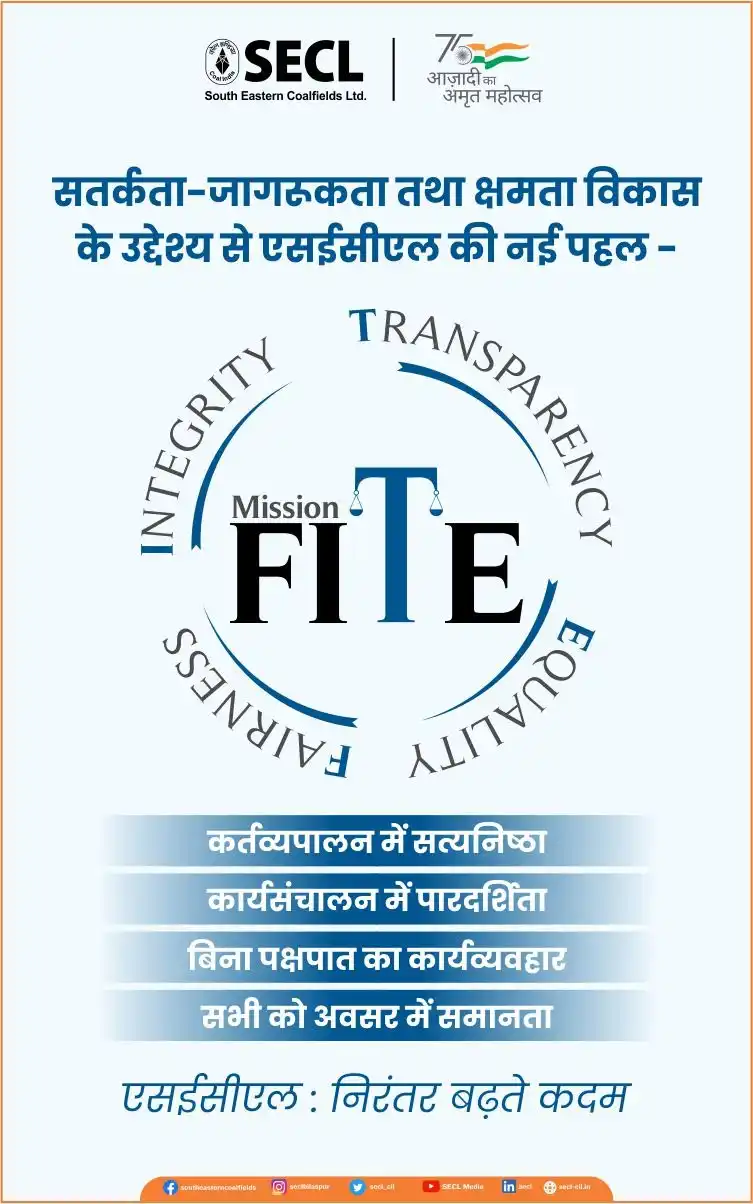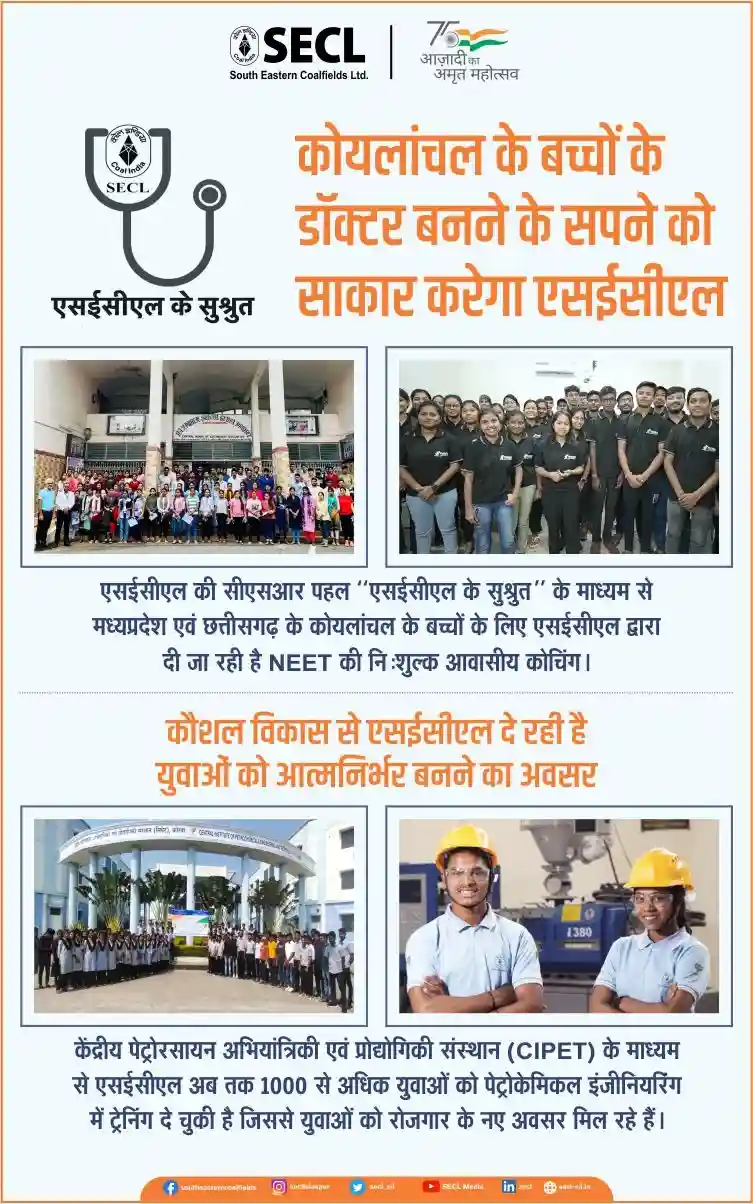The Union Cabinet on Wednesday, September 15, gave a nod to the Memorandum of Understanding (MoU) in the field of Disaster Risk Reduction and Management between India and Italy.
Earlier in June 2021, the MoU was signed between the National Disaster Management Authority (NDMA) of the Republic of India and the Department of Civil Protection of the Presidency of the Council of Ministers of the Italian Republic. The aim is to cooperate, and strengthen the preparation and response to situations of disaster when they arise through new and existing infrastructure systems.
Similarly, the cabinet had approved an MoU between India and Bangladesh in the field of Disaster Management, Resilience, and Mitigation to manage disasters adequately.
Status of Disasters in India
Disasters are naturally occurring or human-infused events, catastrophe, mishap, or calamity, that may result in loss of life and damage to property. India is a peninsular country and is surrounded by the Indian Ocean on the south, the Arabian Sea on the west, and the Bay of Bengal on the east.
According to India’s National Policy on Disaster Management, India is prone to natural disasters like earthquakes, floods, droughts, cyclones, tsunami, landslides, and avalanches. Almost 59% of India’s landmass is prone to earthquakes; over 12% of the land is prone to floods; about 76% of the coastline is prone to cyclones and tsunamis; 68% of the cultivable area is drought-prone, and hilly areas are subject to wet and dry landslides and avalanches.
The National Disaster Management Authority (NDMA) under the Government of India is the apex body for Disaster Management in India and looks after the management, rescue, and mitigation operations in India. The National Institute of Disaster Management (NIDM) for capacity building and the National Disaster Response Force (NDRF) has also been set up for the management and response to disasters.
Disasters in Italy
According to ‘Natural Hazard Risk Atlas 2014’, Italy is the eighth country in the world and first in Europe in terms of risk with regard to natural events.
Italy is one of the countries in the Mediterranean area with the highest seismic risk, due to its geographic position at the convergence of the African and Eurasian plates. In addition to earthquakes, it is also highly prone to eruptions as it has the highest concentration of active volcanoes in Europe. It also often faces flood and landslide risk, owing to natural and human activities. The impact of climate change is also seen in the country.
The Department of Civil Protection of the Presidency of the Council of Ministers looks after and is responsible for disaster management and relief in the country. It deals with the prediction, prevention, and management of emergency events.
About the MoU
The MoU seeks to put in place a system, whereby both India and Italy can benefit from the disaster management mechanisms of each other’s country. It will also help in strengthening the areas of preparedness, response, and capacity building in disaster management.
What would the MoU do?
In case, a large-scale disaster occurs in the respective territory of the countries, either of the party can request support of the other for response and recovery. In other words, the MoU extends mutual support on request of either Party at the time of a large-scale disaster (natural or man-made) occurring within their respective territories, in the field of relief, response, reconstruction, and recovery.
Advantage of technology
The MoU would also ensure the exchange of relevant information, remote sensing, and other scientific data. Under it, both the countries can share their experiences and best practices in disaster response, recovery, mitigation, and capacity building for ensuring resilience. Further, the MoU will also facilitate the exchange of technical and scientific information, exchange of experts and resources, skills, procedures, best practices, development of strategies and methods so that common risks are reduced.
The MoU is also in line with the bilateral summit held between India and Italy in November 2020 to exchange forces and share experience and technologies to increase the resilience of infrastructure. Further, PM Modi in 2019 had called for a global Coalition for Disaster Resilient Infrastructure (CDRI) which advocates the coming together of national governments, UN agencies and programmes, multilateral development banks, financing mechanisms, private sector, and knowledge institutions to promote the resilience of new and existing infrastructure systems to climate and disaster risks, thereby ensuring sustainable development.
In the past, India and Italy have signed MoUs for continuing training and education in the fields of Labour and Employment (2018), cooperation in renewable energy (2018) among several others.















